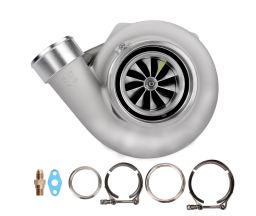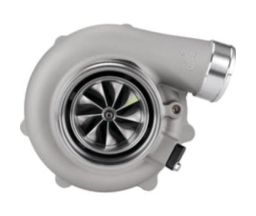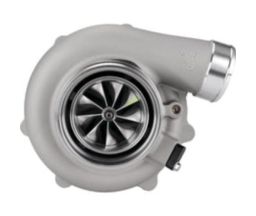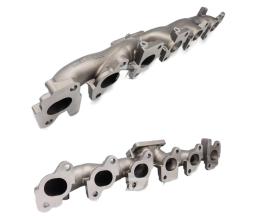How to choose the right Turbo
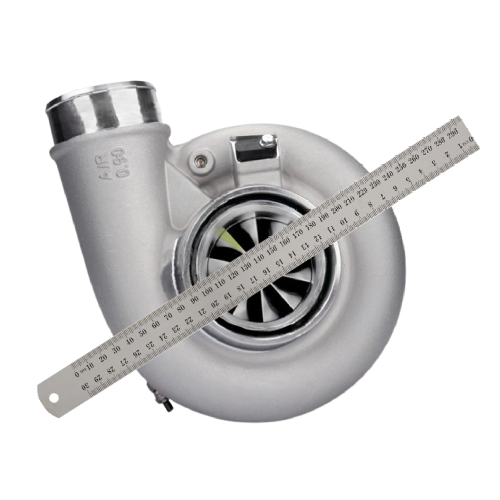
Choosing the Right Turbo Size: A Beginners Guide
So, you’re ready to turbo your ride or upgrade that old unit? Choosing the right turbo isn’t just about bolting on the biggest snail you can find — it’s about matching your turbo to your engine, power goals, and how you want the car to drive.
Whether you’re building a quick-spooling street car or a big-power drag monster, this guide will help you make the right call. We’ll also break down turbo sizing, explain what A/R means, and cover the legendary T51R mod — using examples from one of the most trusted brands in the game: Pulsar Turbos.
Start With the Power You Want to Make
Before picking a turbo, work out how much power you want — and where in the rev range you want it to come on.
Here’s a rough guide using Pulsar’s new PSR series turbos:
| Power Target | Recommended Pulsar Turbo | Notes |
|---|---|---|
| 300–400kW | PSR2860 or PSR3071 | Quick spool, great for SR20, 4G63, B-series |
| 400–500kW | PSR3582 or PSR3584 | Solid all-rounders for street and track builds |
| 500–700kW | PSR4088 or PSR4094 | Top-end punch for serious power builds |
| 700kW+ | PSR4294 or PSR4500 | Big-bore weapons for high-boost applications |
Understanding A/R: Boost Response vs. Flow
The A/R ratio (Area over Radius) is one of the most important — and misunderstood — specs in turbo sizing.
- Smaller A/R (e.g. 0.63 or 0.82) = quicker spool, better low-end torque
- Larger A/R (e.g. 1.01 or 1.15) = more top-end power, but slower to come on boost
Think of it like tuning an exhaust — smaller diameter flows faster early on, bigger diameter supports more volume at high RPM.
Example: The Pulsar PSR3584 comes with turbine housings ranging from 0.82 A/R to 1.06 A/R.
For a street-driven RB26 or Barra, the 0.82 A/R will come on boost quicker and feel more responsive.
If you're chasing trap speed and revving it out on the strip, the 1.06 A/R might suit you better.
What’s a T51R Mod — and Why Does It Sound So Good?
Ever heard a car with a turbo that whistles like a jet engine spooling up? That’s probably a T51R mod.
The original HKS T51R SPL turbo was legendary for its unique, high-pitched spool sound. The T51R mod is a machined anti-surge port in the compressor housing that replicates that signature noise — without affecting performance.
Pulsar offers T51R mod options on many of their PSR turbos. It’s purely for the sound — but let’s be honest, it sounds incredible and makes every on-boost moment that little bit more addictive.
Other Things to Consider
- Ball Bearing vs Journal Bearing: Most PSR turbos are dual ceramic ball bearing for faster spool and improved durability.
- Compressor Wheel Design: Billet compressor wheels are now standard across most of the PSR range for better flow and efficiency.
- Wastegate Style: Pulsar turbos are available in internally and externally wastegated versions — pick the one that suits your setup.
Match the Turbo to the Mission
There’s no perfect turbo for every build — it all depends on what you’re trying to achieve.
Ask yourself:
- Street car or race car?
- What RPM do you want peak boost?
- How important is spool vs. outright power?
If you're not sure, we can help. At Spool Imports, we’ve helped thousands of Aussie car enthusiasts find the right turbo setup — and we stock the full range of Pulsar PSR turbos, including T51R options and all A/R sizes.
Shop Pulsar PSR Turbos Online
Browse our range of Pulsar PSR Turbos here and find the perfect match for your build.
Or hit us up at sales@spoolimports.com — we’re happy to talk you through your options.
Final Tip:
When in doubt, don’t just chase peak kW numbers — choose a turbo that suits the way you want to drive. Because nothing beats a setup that’s fast and fun.

